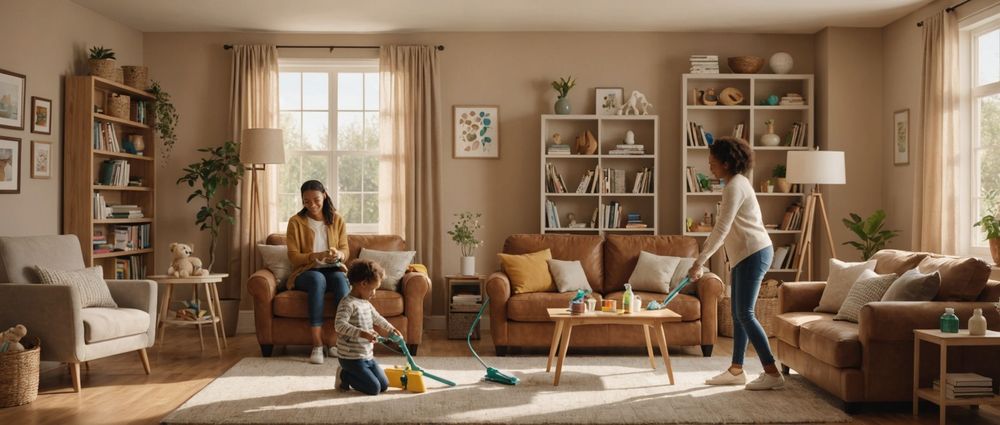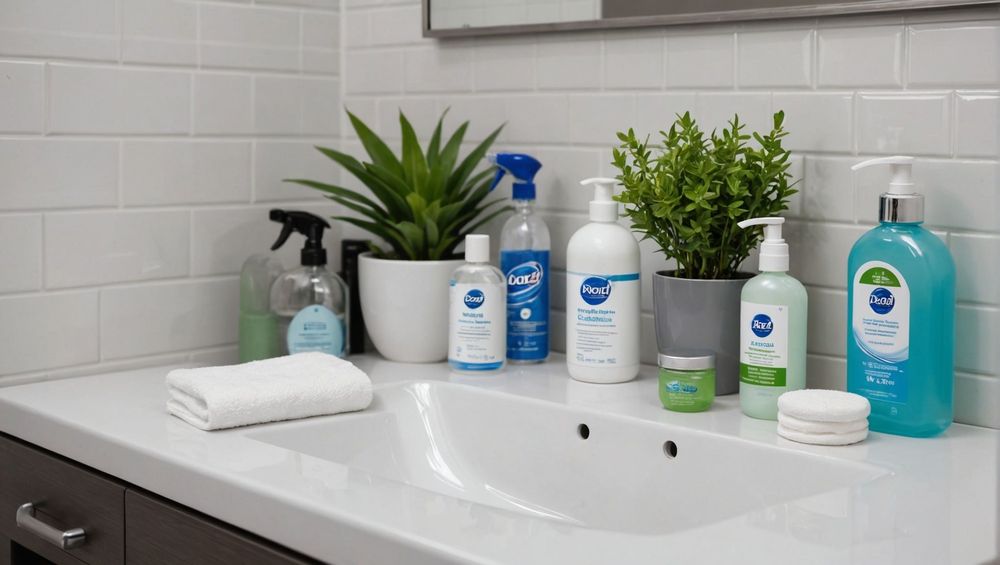Disinfecting and Cleaning: What Are the Differences?

In today’s world, understanding the difference between disinfecting and cleaning is crucial for maintaining a safe and healthy environment. While both processes are essential for hygiene, they serve different purposes and utilize distinct methods. Cleaning refers to the physical removal of dirt, germs, and impurities from surfaces, often using soap and water. Disinfecting, on the other hand, involves using chemical agents to kill germs and pathogens on surfaces. In this article, we will explore these differences in detail, helping you understand when and how to effectively clean and disinfect your spaces.
Understanding Cleaning

Cleaning is the first step in maintaining a hygienic environment. It involves the physical removal of dirt, dust, stains, and germs from surfaces. This process often uses soap or detergent, combined with water, to help lift and remove unwanted particles. It’s important to note that while cleaning reduces the number of germs, it does not necessarily eliminate them entirely. This is why cleaning is crucial in maintaining an overall healthy space, particularly in high-traffic areas.
During cleaning, the focus is on visible dirt and debris. Here are some common cleaning practices:
- Dusting: Removing dust from surfaces such as furniture and electronics.
- Wiping: Using damp cloths to swipe across surfaces to remove grime.
- Vacuuming: Using a vacuum cleaner to eliminate dirt and allergens from floors and carpets.
- Scrubbing: Physically scrubbing surfaces with brushes or sponges to dislodge stuck-on debris.
Exploring Disinfecting

Disinfecting goes a step further than cleaning; it involves applying chemical solutions to eliminate specific pathogens from surfaces. This process is essential in areas that require a higher level of sanitation, such as hospitals, kitchens, and bathrooms. Disinfectants are usually formulated to kill bacteria, viruses, and fungi that cleaning alone may not remove. It is important to follow the manufacturer’s instructions regarding contact time and method of application; this is critical for effective disinfection.
While disinfecting is important, it should never replace cleaning. It is most effective when applied to clean surfaces. Here are some key points regarding disinfecting:
- Use of Chemicals: Disinfectants contain specific chemicals designed to kill germs.
- Contact Time: Many disinfectants need to remain on a surface for a certain amount of time to be effective.
- Safety Precautions: It is important to use gloves and masks when handling strong chemical disinfectants.
- Targeted Application: Disinfecting is typically applied to high-touch surfaces such as doorknobs and light switches.
When to Clean and Disinfect
Knowing when to clean and when to disinfect can make a significant difference in maintaining health and safety. For everyday maintenance, cleaning is often sufficient. However, specific situations may warrant a more rigorous approach that includes disinfecting. Here are some scenarios that require each process:
- Daily Cleaning: Regularly clean surfaces in areas like kitchens and bathrooms to prevent the accumulation of dirt and germs.
- Post-Illness Cleaning: After someone has been sick, it is critical to disinfect the areas they occupied.
- High-Touch Areas: Frequently disinfect surfaces that are touched often to minimize the spread of germs.
- Seasonal Changes: Taking time to clean and disinfect spaces during seasonal changes can help in reducing allergens and the spread of illnesses.
Conclusion
Understanding the differences between cleaning and disinfecting is vital for promoting hygiene and safety in various environments. While cleaning removes dirt and lowers the number of germs, disinfecting specifically targets those pathogens to kill them. Both processes are necessary, and using them in tandem ensures that your spaces remain not only clean but also free from harmful microorganisms. By integrating effective cleaning and disinfecting protocols, you can create a cleaner, healthier environment for yourself and those around you.
FAQs
1. Can I disinfect without cleaning?
While you can technically disinfect without cleaning, it is not recommended. Disinfectants work best on clean surfaces without dirt or debris that can shield germs.
2. How often should I disinfect my home?
High-touch surfaces should be disinfected daily, while other areas can be disinfected weekly or as needed, particularly after illness or heavy use.
3. Are all cleaning products also disinfectants?
No, not all cleaning products have disinfecting properties. Only products marked as disinfectants will eliminate germs and pathogens.
4. What is the difference between sanitize and disinfect?
Sanitizing reduces the number of germs to a safe level, while disinfecting kills a specific number of germs on surfaces. Disinfecting provides a higher level of microbial control.
5. Can I make my own disinfectant solution at home?
Yes, you can make a basic disinfectant using household ingredients like vinegar or bleach, but ensure to follow proper mixing guidelines for effective sterilization.


